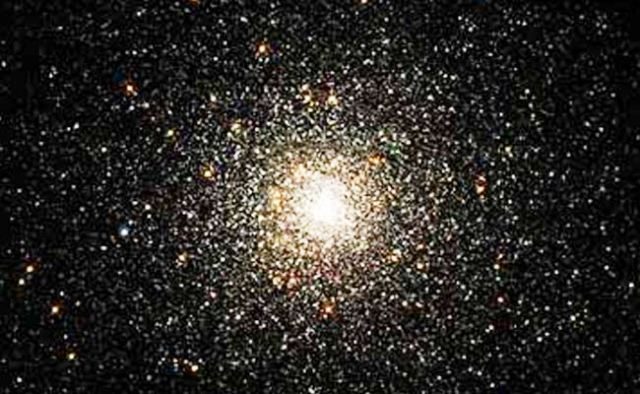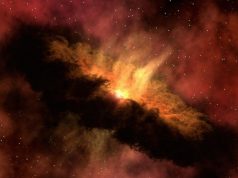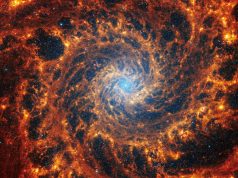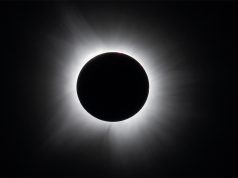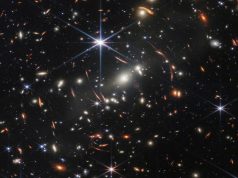WASHINGTON — Astronomers in Puerto Rico have recently detected what they described as “some very peculiar signals” emitting from a red dwarf star located about 11 light-years from earth, but yet to clarify their nature.
While observing a group of red dwarf stars using the Arecibo radio telescope on May 12, the researchers at the Arecibo Observatory found that the radio emissions from Ross 128 lasted about 10 minutes, according to a post published on the website of the University of Puerto Rico at Arecibo.
Professor Abel Mendez explained in the post that the detected radio signals are “unique to Ross 128 and observations of other stars immediately before and after did not show anything similar.”
The professor noted that they haven’t found the origin of the mysterious signals. He gave three possible explanations, but then pointed out the problems of the hypotheses.
For example, the signals could be emissions from Ross 128 similar to type II solar flares. However, the dispersion of the detected signals suggests a much farther source or a dense electron field, since type II solar flares occur at much lower frequencies.
On top of that, the signals could be emissions from another object in the field of view of Ross 128, but scientists have never seen satellites emit bursts like that.
As for the presumption that the signals might be related to extraterrestrial life, Mendez played down the possibility, saying “the recurrent aliens hypothesis is at the bottom of many other better explanations.”
The astronomers observed Ross 128 again from the Arecibo Observatory on Sunday. Mendez updated the post on Monday saying they will put all the data obtained from observations to reach a conclusion “probably by the end of this week.”

